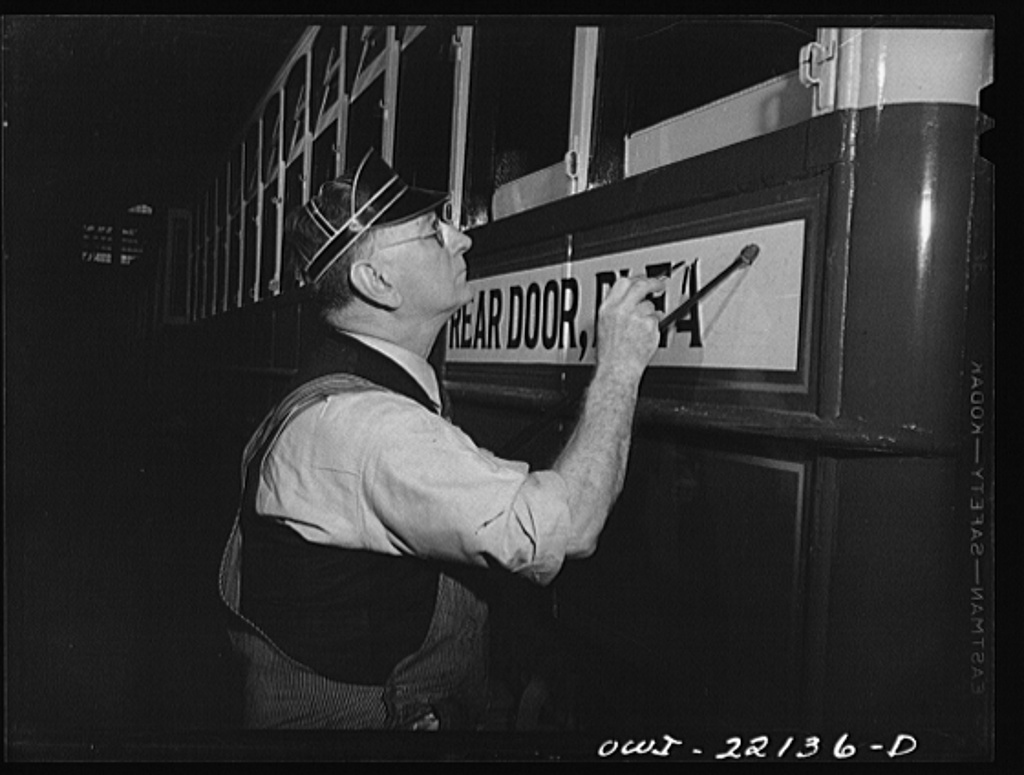| It is currently Fri May 09, 2025 10:09 am |
|
All times are UTC - 5 hours [ DST ] |
Running Steam Under Wire
Moderators: Rick Rowlands, tomgears, Randy Hees
 
|
Page 2 of 2 |
[ 29 posts ] | Go to page Previous 1, 2 |
|
| EJ Berry |
|
||
|
Joined: Fri Dec 22, 2017 6:47 pm Posts: 1546 Location: Philadelphia, PA |
|
||
| met1533 |
|
||
|
Joined: Thu Jan 01, 2009 1:35 pm Posts: 44 |
|
||
| EDM |
|
||
|
Joined: Sun Aug 22, 2004 9:54 am Posts: 1035 Location: NJ |
|
||
| Overmod |
|
||
|
Joined: Thu May 24, 2012 1:37 pm Posts: 2492 |
|
||
| met1533 |
|
||
|
Joined: Thu Jan 01, 2009 1:35 pm Posts: 44 |
|
||
| Larry Lovejoy |
|
||||
|
Joined: Fri Mar 12, 2010 9:52 pm Posts: 209 Location: Pittsburgh |
|
||||
| hankmum |
|
|||
Joined: Mon Aug 14, 2017 9:25 pm Posts: 78 Location: Franklin,Va |
|
|||
| Rainier Rails |
|
|||
|
Joined: Mon Aug 05, 2013 2:42 am Posts: 2077 Location: Seattle, WA - Land of Coffee |
|
|||
| mcgrath618 |
|
||
|
Joined: Mon Feb 15, 2021 6:54 pm Posts: 210 |
|
||
| Larry Lovejoy |
|
||||
|
Joined: Fri Mar 12, 2010 9:52 pm Posts: 209 Location: Pittsburgh |
|
||||
| Tyler Trahan |
|
||
|
Joined: Fri Jan 01, 2016 5:47 pm Posts: 42 |
|
||
| JimBoylan |
|
||
|
Joined: Mon Aug 23, 2004 3:01 pm Posts: 1751 Location: SouthEast Pennsylvania |
|
||
| EJ Berry |
|
||
|
Joined: Fri Dec 22, 2017 6:47 pm Posts: 1546 Location: Philadelphia, PA |
|
||
 
|
Page 2 of 2 |
[ 29 posts ] | Go to page Previous 1, 2 |
|
All times are UTC - 5 hours [ DST ] |
Who is online |
Users browsing this forum: Google [Bot], KenK, Majestic-12 [Bot] and 133 guests |
| You cannot post new topics in this forum You cannot reply to topics in this forum You cannot edit your posts in this forum You cannot delete your posts in this forum You cannot post attachments in this forum |

